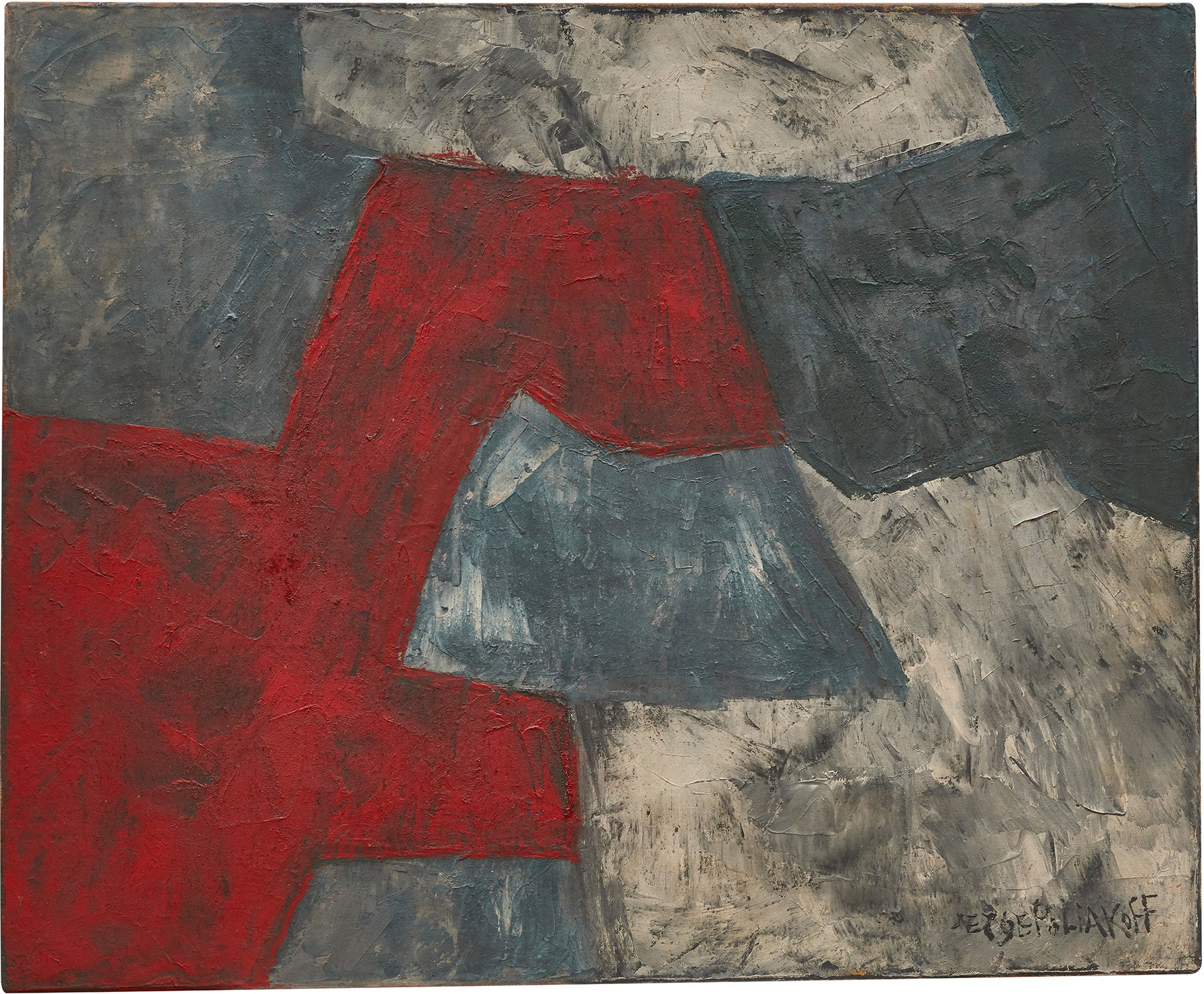

153
Serge Poliakoff
Composition abstraite
signed 'SErgE PoLIAKoFF' lower right
oil on canvas
60.4 x 73.4 cm (23 3/4 x 28 7/8 in.)
Painted in 1960.
Thaddée Poliakoff has kindly confirmed the authenticity of this work.
Thaddée Poliakoff has kindly confirmed the authenticity of this work.